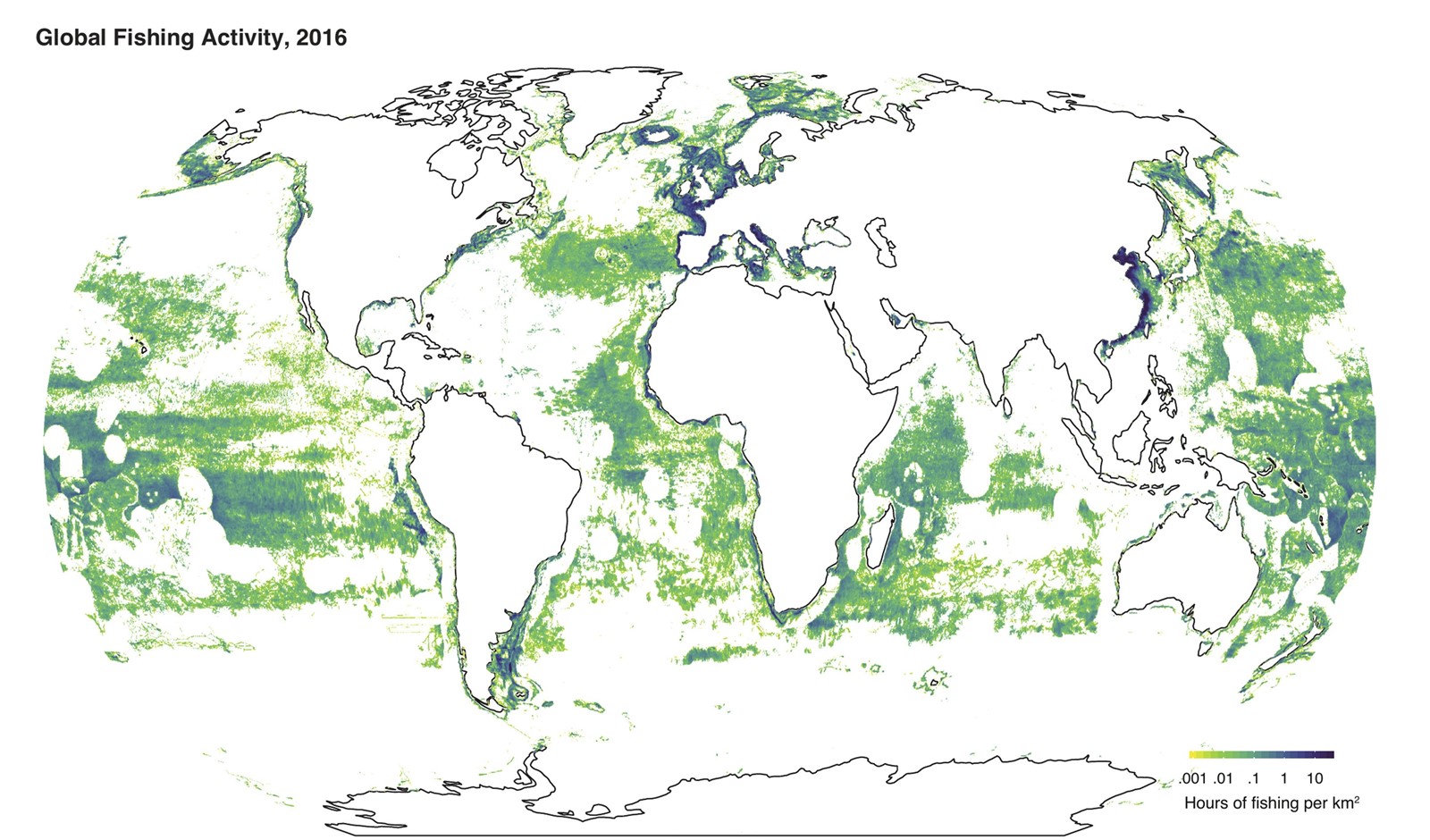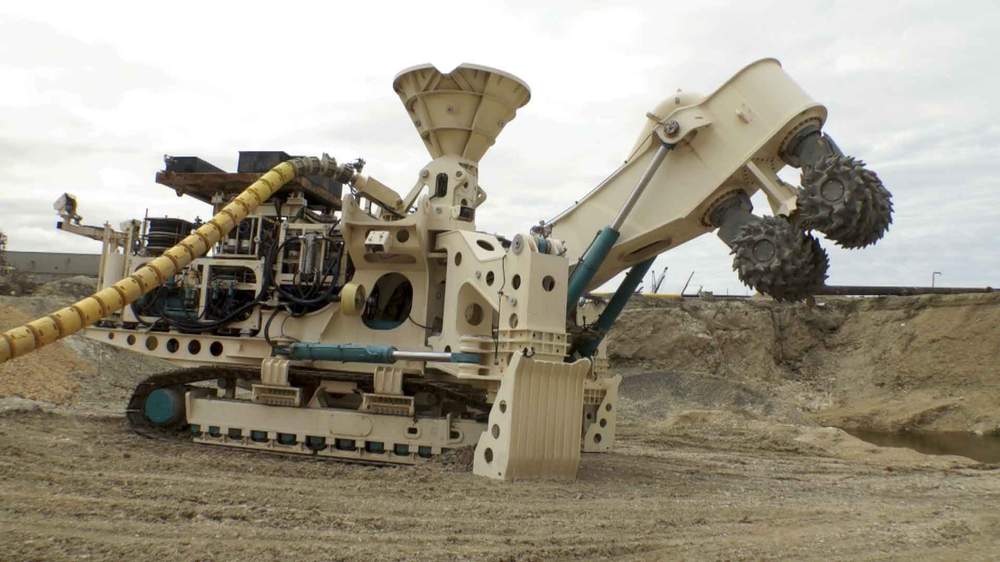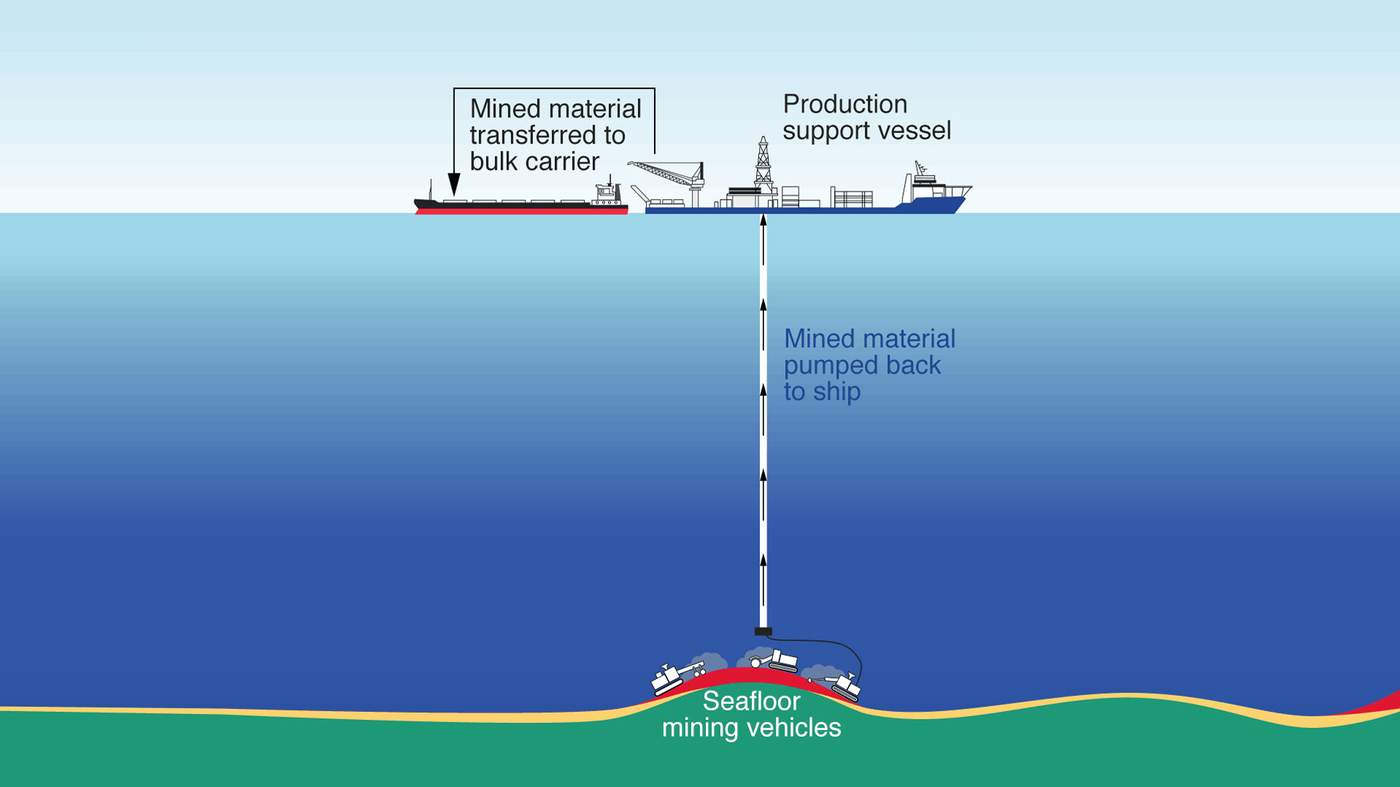Source: Here’s How America Uses Its Land | Bloomberg, by Dave Merrill and Lauren Leatherby
The 1.9 billion acres of the lower 48 U.S. states categorized into pasture, forest, cropland, special use (including wilderness, parks, and military bases), miscellaneous (including rural residential, wetlands, deserts, and golf courses), and urban areas, at 250,000 acres per square.
What would this map infographic look like if the U.S. produced its power entirely from renewable energy sources?



